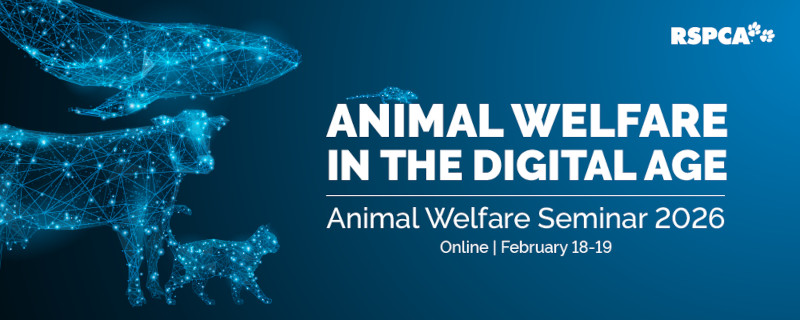Wild mice are omnivorous, often eating grasses, seeds, grain, and occasionally invertebrates. Fortunately for the owners of pet mice, the nutritional requirements of mice are well established from work done in mice kept in laboratories (the same species as those we keep as companions). This means that there are formulated diets available for mice that meet their nutritional requirements. These formulated diets can be used as the basis for a healthy, well-balanced diet based which can be supplemented with small amounts of fresh foods (e.g., vegetables and fruit) as treats and for variety and interest.
Seed mixes are not a good choice of diet for mice as the mice tend to selectively feed on the bits they like the most (usually high-calorie foods, such as sunflower seed) and ignore formulated pellets, resulting in dietary imbalance. The most common adverse outcome from this is obesity which can negatively affect the health of mice.
As nocturnal species, food and water consumption occurs mostly during the night. They locate food by sniffing, grasping food with their mouths, sitting on their haunches to eat, using their elbows to grasp food, and manipulate their food with their front feet as they are eating, even if the food is too large to be held in their paws.
It is essential that the diet of your mice provides them with ample opportunities to chew/gnaw. This is an important behavioural need for mice, and the diet you select for your mice should reflect that and allow them to express this important behaviour.
You should feed:
- Good quality pellets or cubes formulated for mice – these should be the foundation of their diet (ensure they have a protein content of approximately 14-16% and a fat content of approximately 5%; note that animals who are breeding will need higher protein levels). Feed the amount recommended by the food’s nutrition guide and in consultation your veterinarian to make sure your mice are getting enough food but not too much (too much food can lead to obesity).
- Small amounts of fresh dark greens and non-starchy vegetables as part of their daily food allowance (not in addition to it); for example: bok choy/other Asian greens, parsley, kale, beet greens, broccoli, green beans, carrots, and zucchini.
You can feed treats, but these should be given infrequently in small amounts (no more than 10% of the total calories the mice need); for example, fruits like apples, berries, and kiwi. Reserve treats for rewards during training and special occasions.
Avoid feeding seed/grain mixes, sugary and high fat foods (e.g., sweets and dairy products), and potentially harmful foods/plants (in general, if plants or foods are considered harmful for cats and dogs, it is advisable to avoid these for mice; e.g., chocolate, grapes/raisins, avocado, garlic, onion, coffee, tea, alcohol, sticky foods that could be a choking hazard).
Provide clean fresh water at all times. It is preferable to provide water in good-quality water bottles rather than bowl (as bedding, droppings etc will end up in water bowls and soil them). It is important that water bottles are checked and tested to ensure that the bottles are functioning normally (i.e., not leaking or blocked). Have more than one water bottle in the enclosure in case one malfunctions. The water should be changed daily to keep the water fresh.
Note: A normal behaviour for mice is re-ingesting their own faeces and those of other mice (called coprophagy – from the Greek “to eat dung”). Although modern diets mean that coprophagy is unnecessary for survival, it is an innate behaviour.
References
Bullen LE (2021) Nutrition for Pocket Pets (Ferrets, Rabbits, and Rodents). Veterinary Clinics of North America – Small Animal Practice 51:583–604
Evans E (2006) Small rodent behaviour: mice, rats, gerbils, and hamsters. In: Bays TB, Lightfoot T, Mayer J (eds) Exotic Pet Behavior. W.B. Saunders, pp 239–261
Frohlich J (2020) Rats and mice. In: Quesenberry KE, Orcutt CJ, Mans C, Carpenter JW (eds) Ferrets, rabbits and rodents, 4th ed. W.B. Saunders, pp 345–367
Lennox A, Bauck L (2012) Small Rodents – Basic anatomy, physiology, husbandry, and clinical techniques. In: Quesenberry K, Carpenter J (eds) Ferrets, Rabbits and Rodents Clinical Medicine and Surgery, Third. Elsevier Health Sciences, pp 339–353
Parsons JL (2024) Nutritional Physiology and Feeding of Companion Rodents. Veterinary Clinics of North America – Exotic Animal Practice 27:1–12

